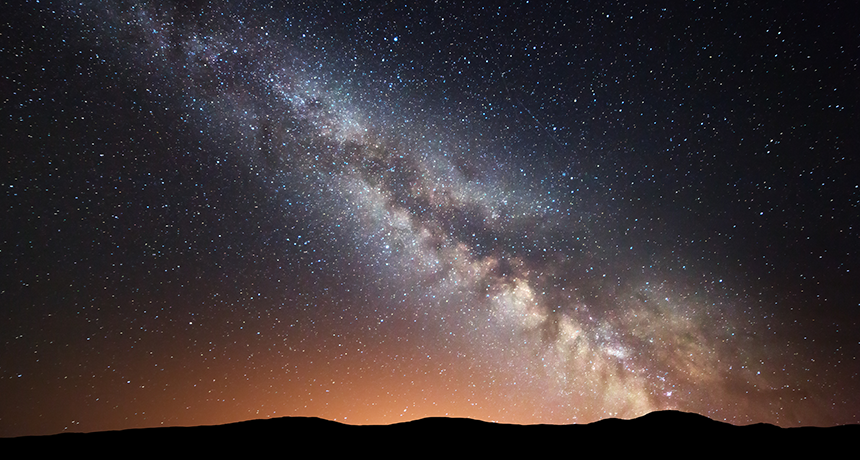
What the heck is the average star like?
We’ve talked about a lot of stars over the past few weeks. We’ve discovered the vast distances between the stars, looked more closely at what really makes a star bright, and covered all kinds of ways to classify stars—from their spectral type to their luminosity class.
Most importantly, we’ve looked at the H-R diagram, the diagram that classifies stars by their color, temperature, composition, and luminosity…and relates those properties with many other features stars have.
We know what kinds of stars are out there. We know they range from thousands of times smaller than the sun to thousands of times larger. We know they range from desperately faint to incredibly luminous. We know they come in all the colors of the rainbow.
But how many blue stars are there? How many small stars are there? Are most of them small, or are there about the same number of small stars as large ones?
Continue reading

